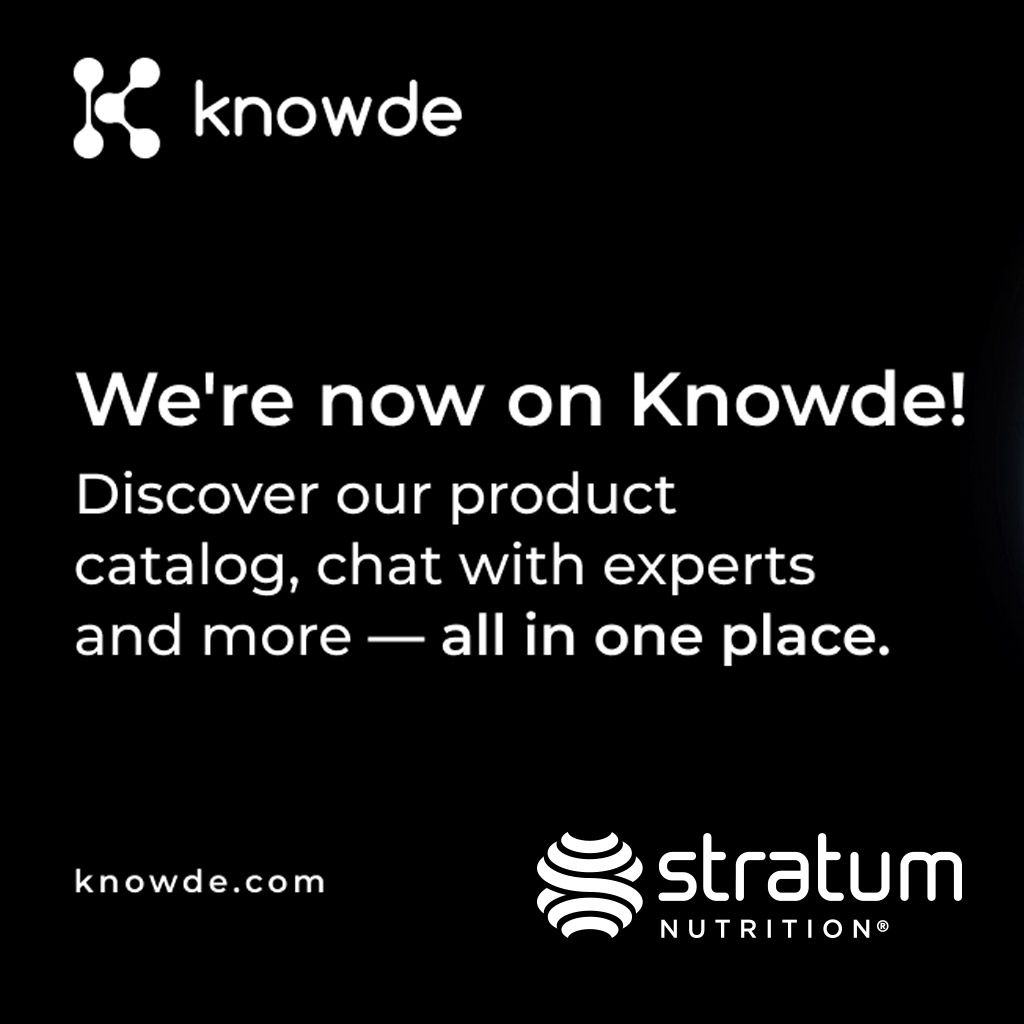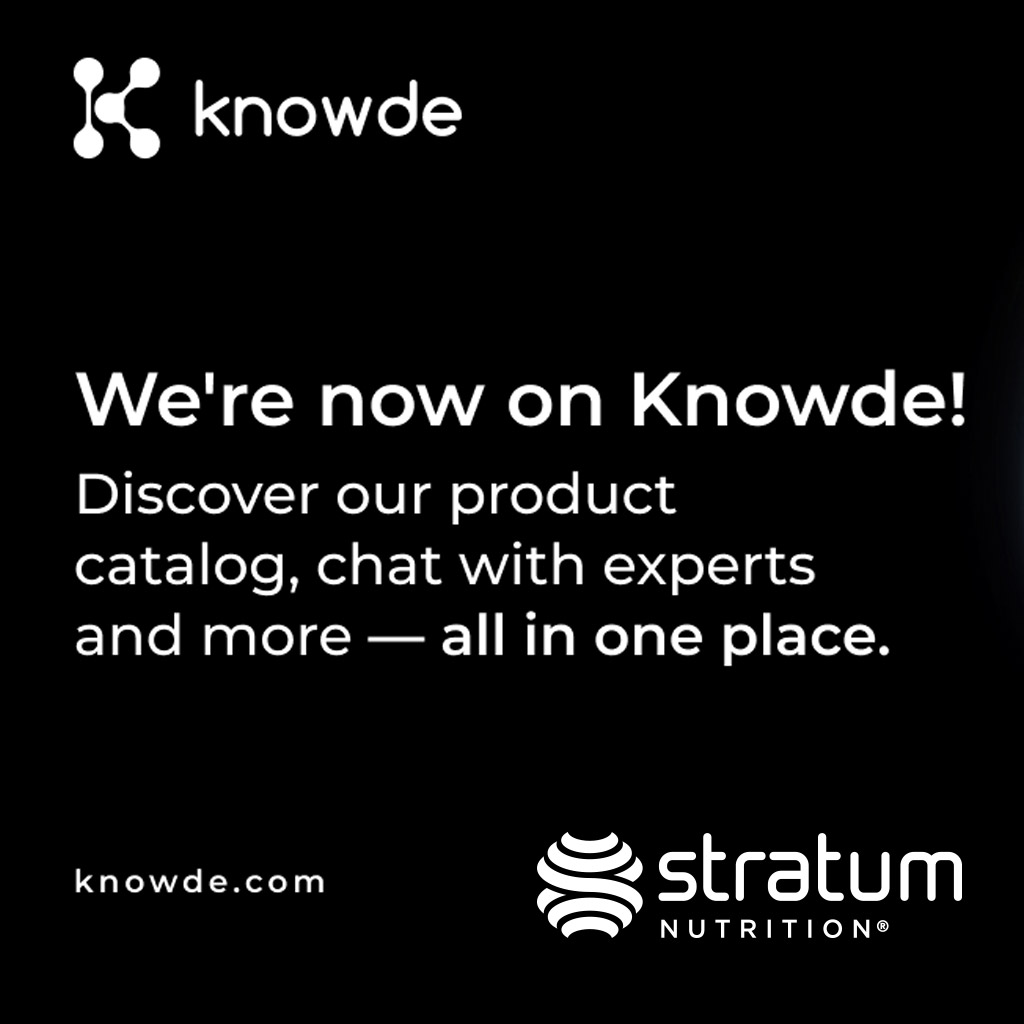Postbiotics: An Emerging Trend in Digestive Health
Nov 30 2021
| Our Blog
| Jacqueline Rizo
Following in the footsteps of pre- and probiotics, postbiotics are the latest beneficial ingredient for digestive health. According to Lumina Intelligence, postbiotics have become the fastest growing area in terms of gut health related Google searches, with a nearly 1,300% increase in the last two years. Prebiotics and probiotics have gained a lot of attention for improving gut health. Postbiotics have recently gained traction as another group of beneficial compounds that can help improve your health.
To clear up any confusion, here’s a brief overview of each type:
- Prebiotics are a group of nutrients, mainly fiber, that feed the beneficial bacteria in your gut. (1)
- Probiotics are the healthy, or “friendly,” bacteria that live inside the gut and support health by converting fiber into compounds that have benefits for your health. (2)
- Postbiotics, as defined by the International Scientific Association of Probiotics and Prebiotics (ISAPP), has recently set the definition as 'A preparation of inanimate microorganisms and/or their components that confers a health benefit on the host'. This definition includes the presence of killed microbial cells and cell fragments (usually from heat treatment) but notably omits the requirement of the supernatant, though it could be included in a postbiotic product.
Postbiotics is one of the biggest trends in the -biotics category. The understanding of postbiotics is so new that even their identity still needs explaining. “Currently, there is no consistency in what is sold as a postbiotic,” said Nena Dockery, Scientific and Regulatory Manager at Stratum Nutrition. “Some companies market products identified as postbiotics that are a blend of the beneficial by-products of microbial metabolism found in the supernatant or even single by-products such as butyrate. However, the ISAPP contends that single metabolites, such as butyrate, are already defined entities and don't need to be redefined. They may be present in a complex postbiotic preparation that contains both the intact microbial cells/cell fragments and the nutrient media containing these beneficial metabolites, but they are not postbiotics on their own."
When searching for the best postbiotic ingredient for your next digestive health formula, consider the pioneer of postbiotics, LBiome™.
Meet LBiome™
Researched in a postbiotic form for over 100 years, LBiome™ is backed by an impressive research portfolio that includes support for its use as a digestive aid in both adults and children of all ages. In over 12 published human trials, most subjects experienced benefits in 7 days or less. Its timing can’t be beat.
LBiome is a human strain-derived, heat-treated postbiotic (Lactobacillus LB) that provides the digestive benefits of a probiotic and the formulation flexibility of a spore, with none of the stability or manufacturing concerns.
LBiome cells adhere to the gut lining, forming an enhanced environment for the gut microbiome, all while simultaneously strengthening the gut lining by supporting a healthy brush border and tight junctions. In addition, recently published research has shown LBiome to be bifidogenic, increasing populations of several species of beneficial Bifidobacterium in both an in vitro cell culture and in an ex vivo human fecal fermentation system. These mechanisms of action produce fast results for calming occasional lower GI upset, as seen in the many published LBiome clinical studies.*
Postbiotics are the most versatile of all digestive aid supplements. According to Dockery, “Since they are not live microorganisms, they are not susceptible to decreases in their efficacy resulting from poor storage conditions or gastric transit, nor do they present the manufacturing challenges of spore-formers. Postbiotics can be formulated into tablets and capsules, but they can also be placed into conventional foods and beverages as well as chews, gummies, and gels.”
Dockery concludes, “Few other segments within the dietary supplement and functional foods industries have expanded and diversified to the extent that the “-biotics” segment has. This has presented tremendous opportunities for continued growth, and at the same time has resulted in the expected challenges such as where and when NDI notifications might be required, to the splitting of the Lactobacillus genus. At the same time, this expansion provides exciting opportunities for the introduction of new ingredients that will safely and effectively provide tremendous benefits that can potentially be customized to meet specific needs in the end-consumer.”
The time is right to formulate with the most clinically researched digestive postbiotic on the market. Choose LBiome.
References:
Davani-Davari D, Negahdaripour M, Karimzadeh I, Seifan M, Mohkam M, Masoumi SJ, Berenjian A, Ghasemi Y. Prebiotics: Definition, Types, Sources, Mechanisms, and Clinical Applications. Foods. 2019 Mar 9;8(3):92. doi: 10.3390/foods8030092. PMID: 30857316; PMCID: PMC6463098.
Kechagia M, Basoulis D, Konstantopoulou S, Dimitriadi D, Gyftopoulou K, Skarmoutsou N, Fakiri EM. Health benefits of probiotics: a review. ISRN Nutr. 2013 Jan 2;2013:481651. doi: 10.5402/2013/481651. PMID: 24959545; PMCID: PMC4045285.
| *These statements have not been evaluated by the U.S. Food & Drug Administration. This product is not intended to diagnose, treat, cure, or prevent any disease. |








